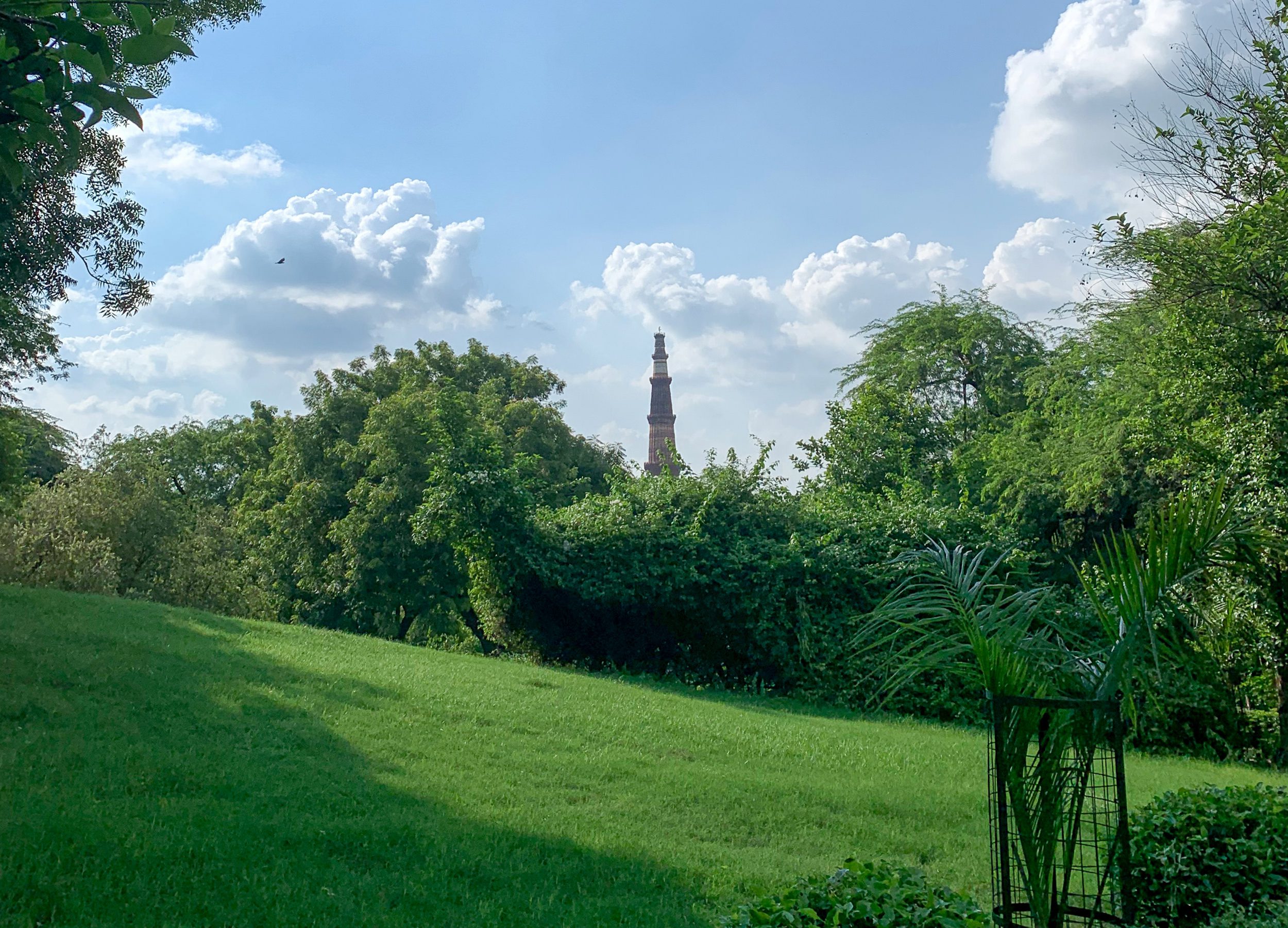In the past, conservation studies in India have mainly focused on architectural preservation efforts to protect and maintain designated monuments. In many ways, this is the legacy of the former colonial regime, which enacted stringent preservation laws and laid the academic foundation for the predominant mode of conservation we now see in modern-day India. This is exemplified in the manner in which state agencies, advocacy groups, and academics have dealt with archaeological sites, as plots entirely removed from their urban contexts.
More than ever before, these issues are coming to light in the face of rapid urbanization, technological innovations, and majoritarian politics. As a young, engaged architect and a student of the Critical Conservation program at the Harvard Graduate School of Design, I am interested in investigating the relationship between the production of urban space through preservation designations, and contemporary issues of spatial cleansing, social justice, and cultural transformation — particularly in post-colonial nations.
The methodologies I adopted entailed research of local history, policy, and urban planning relevant to India and Delhi, specifically. This study aimed to develop a new understanding of historical monuments by situating them in contemporary urban contexts rather than viewing them as revered relics. My research was performed in three broad phases.
Secondly, I conducted interviews with various stakeholders associated with conservation in Delhi, particularly those invested in the formulation of preservation and planning regulations. My interactions with architects, archaeologists, sociologists, planners, and historians gave me a deep understanding of the site and its importance in contemporary Indian consciousness, while learning about the various processes, challenges, and implications associated with conservation in Delhi.
Thirdly, I conducted field research in Mehrauli. This was perhaps the most rewarding part of my summer, because I had the opportunity to interact with locals who reside and work around the UNESCO World Heritage Site. This uncovered the everyday exigencies that communities in Delhi’s urban villages face, from civic issues to economic activities. My research benefitted immensely from the stories I heard, the people I met, and the places I visited, allowing me to bridge the gulf between conservation as an academic endeavor and the tangible pressures of on-ground urbanization. I delved into how communities with little political agency can engage with conservation and how they can benefit from planning processes.
A deeper study of the Qutub Minar revealed how the monument itself has been historically used as a culturally mutable object to reiterate social and political divergences, beginning with imperialist notions of “us” and “them.” Here, multiple narratives of “heritage” presumed to be imbued in monuments like the Qutub Minar are often weaponized by political groups for electoral gain in the name of social identity. At one level, this apportions certain groups with greater “cultural capital” to organize and parcel land. Religion- and caste-based urban segregation is on the rise — all while hundreds of households continue to deal with poor sanitation facilities, improper garbage disposal, and undrinkable water. More importantly, it is symptomatic of the changing democratic landscape of India, currently witnessing a rise in religious nationalism. In this process, I was able to make connections between conservation, culture, urban identity, capitalistic development, and their impacts on marginalized communities where land remains the principal urban resource.
The long-term objective of my research going forward will be to challenge deep-set notions of conservation and urban politics, to academically analyze the role of capital in shaping contemporary cities, and to search for solutions that would help communities become informed stakeholders in South Asian cities.








